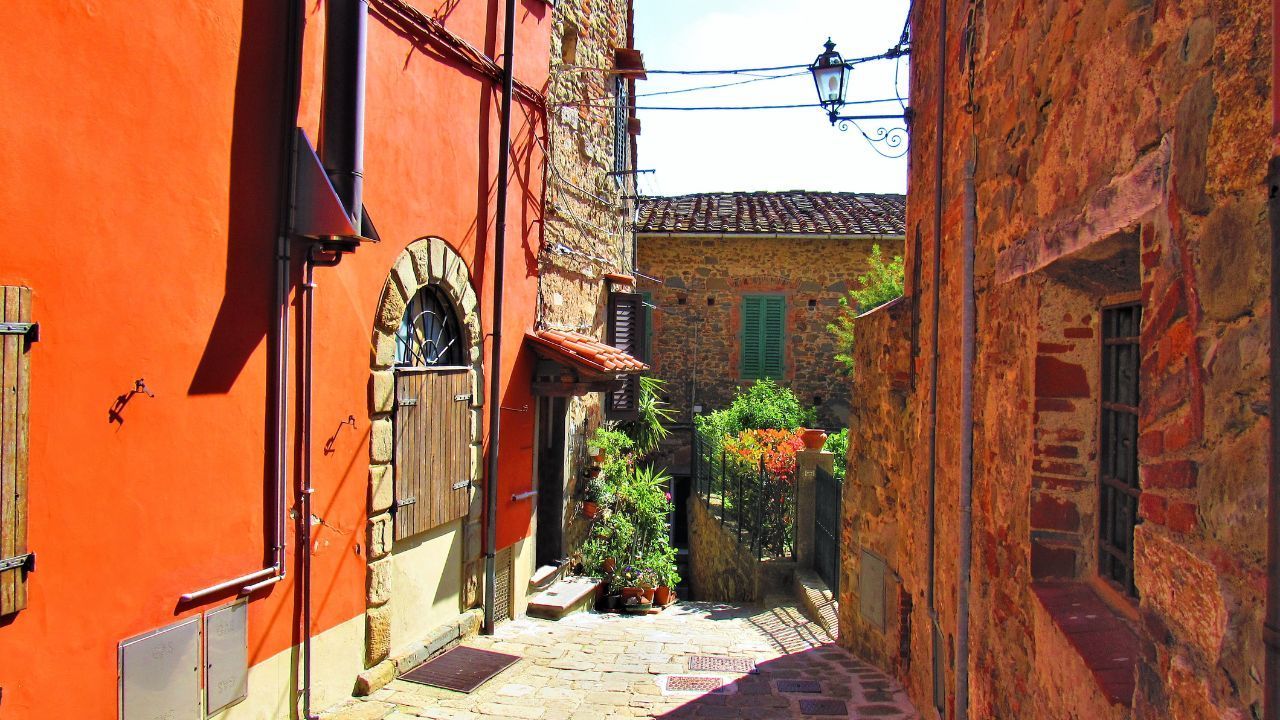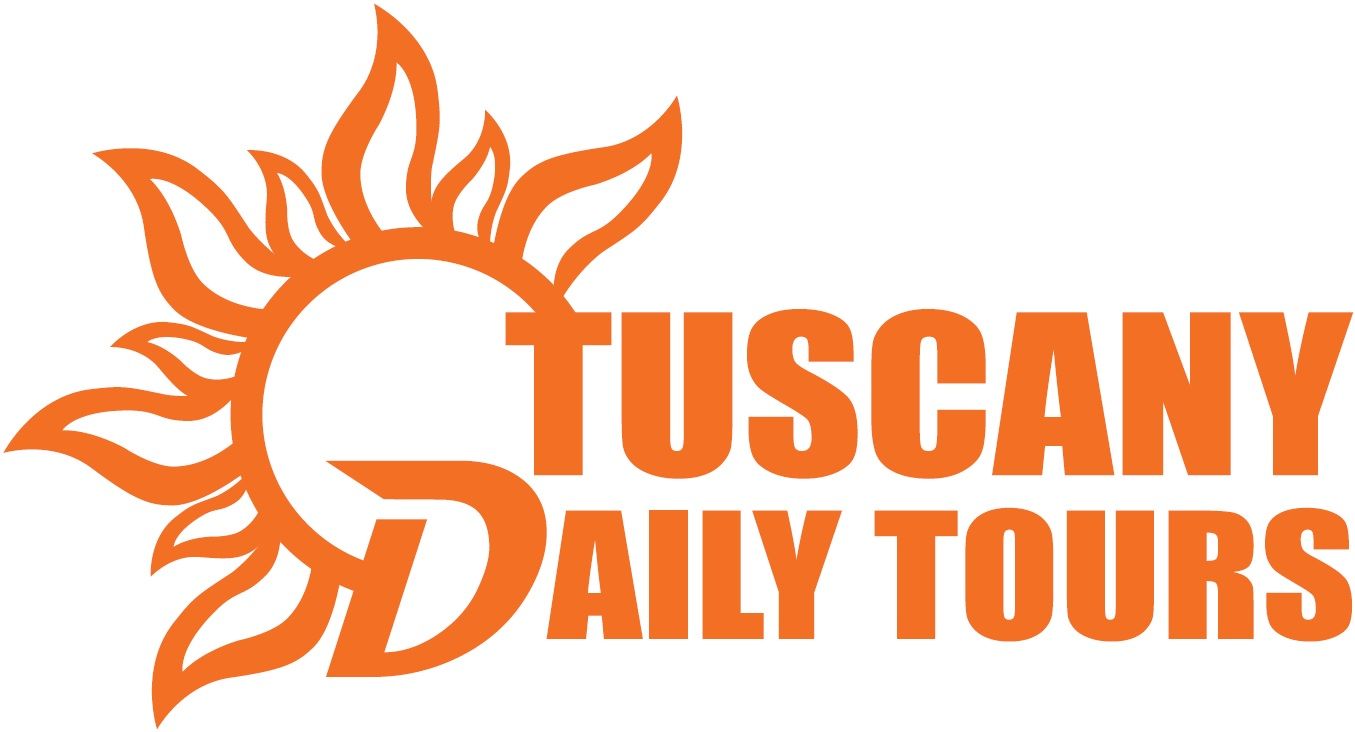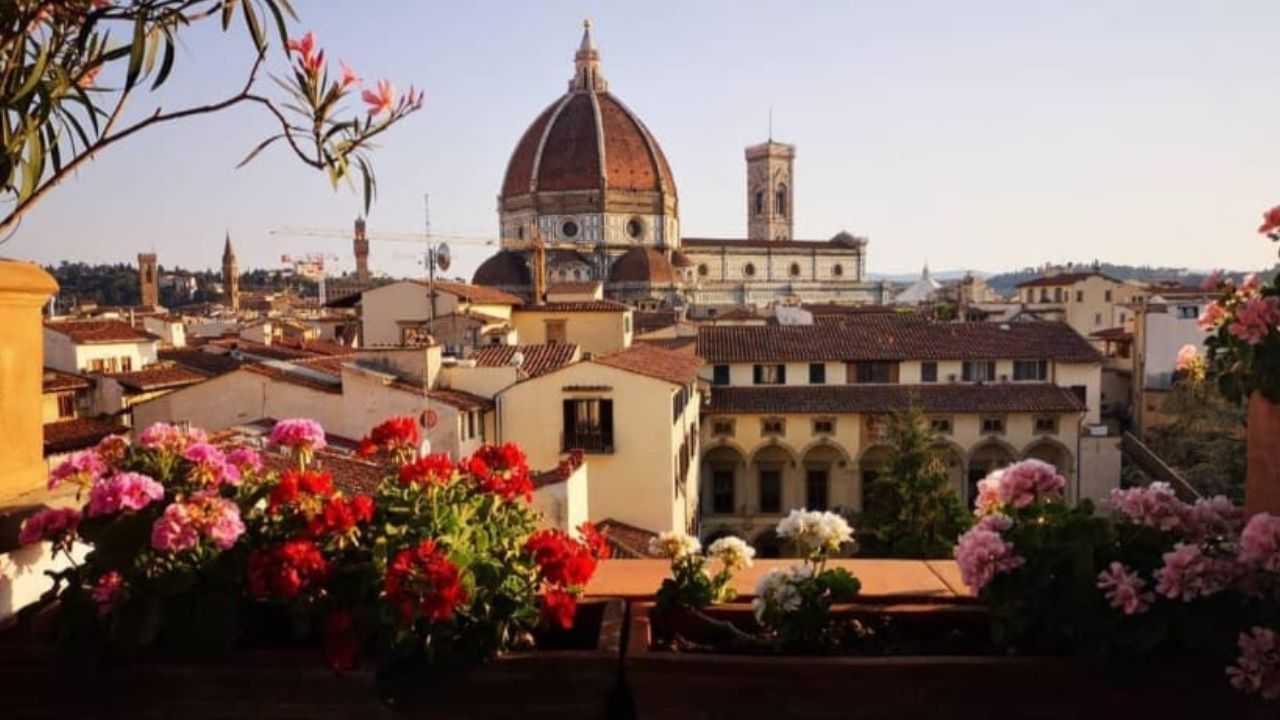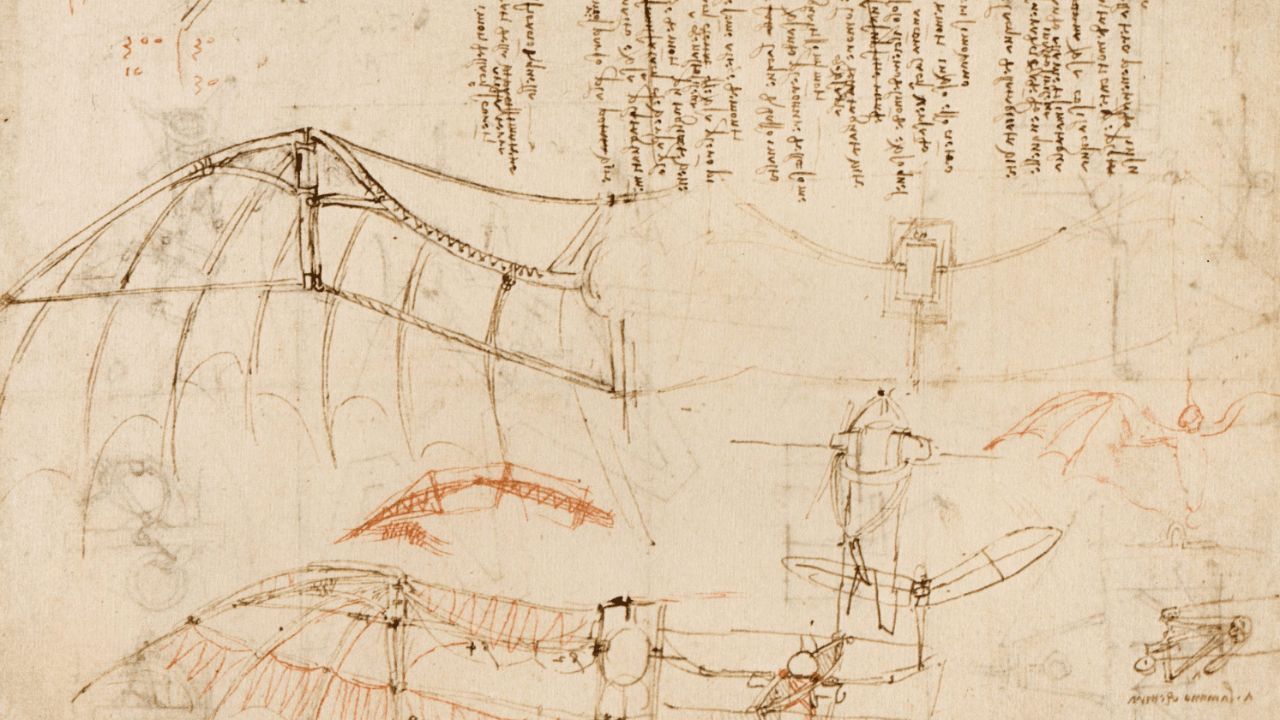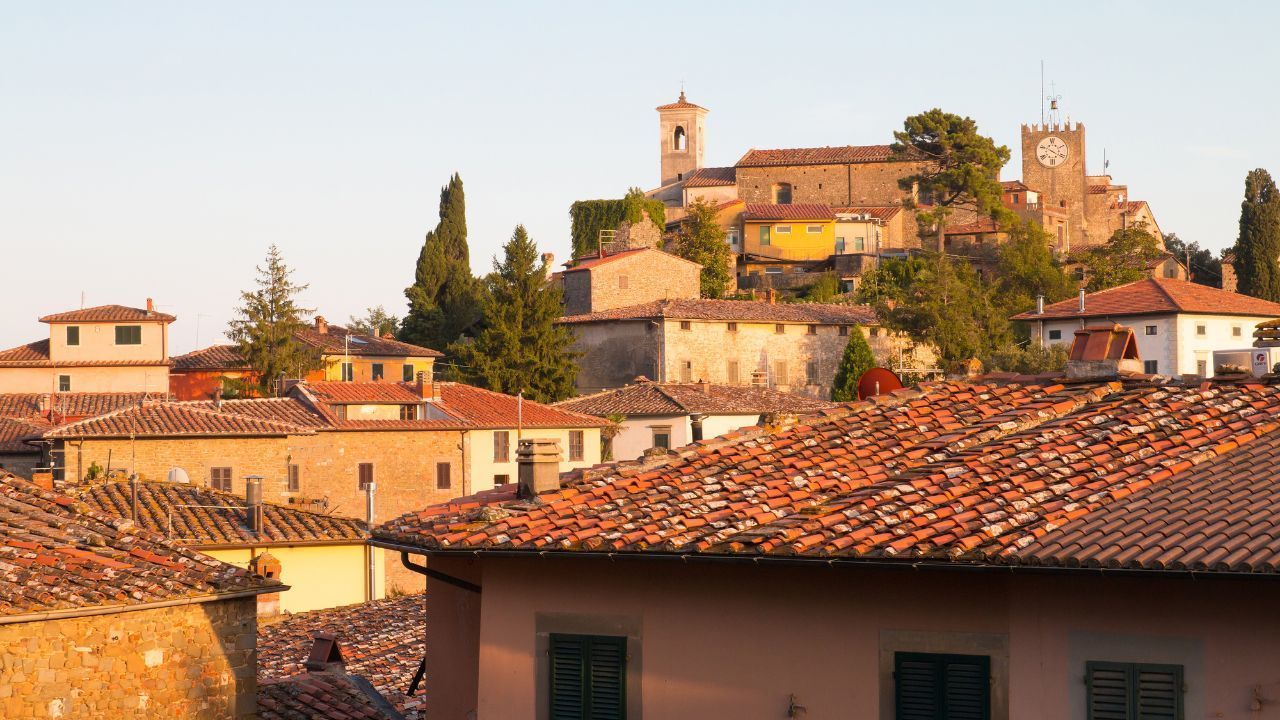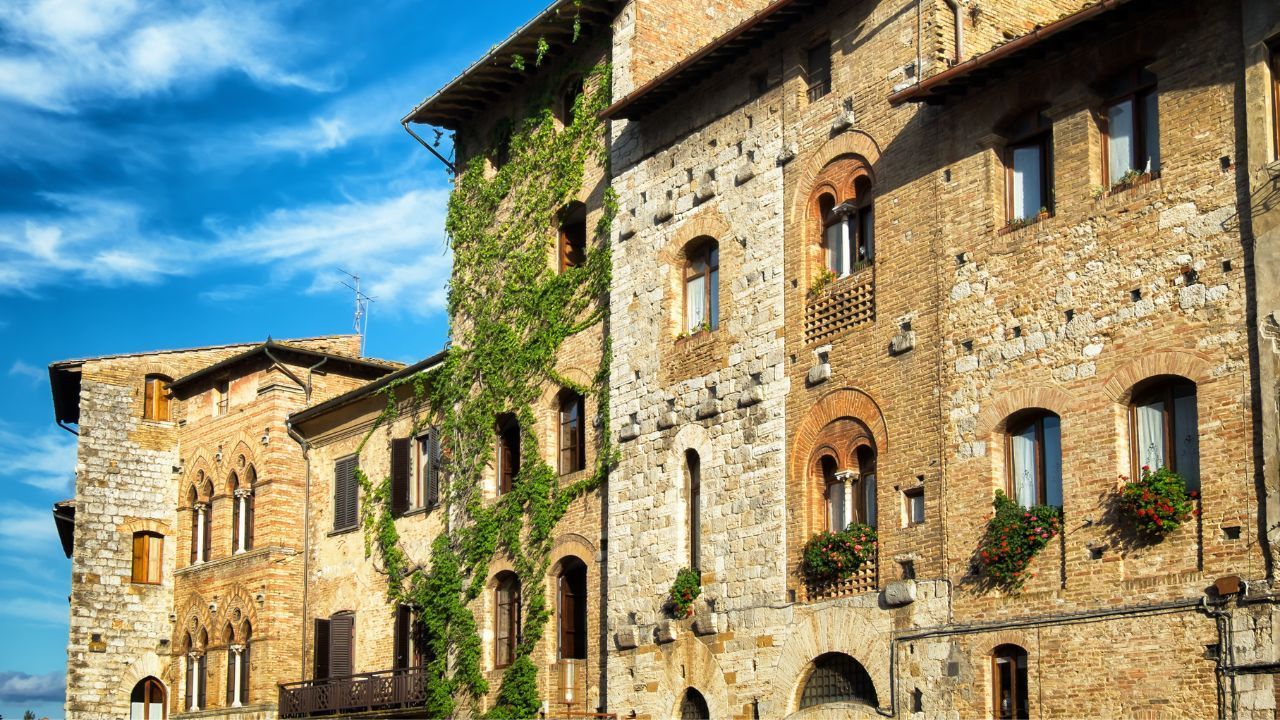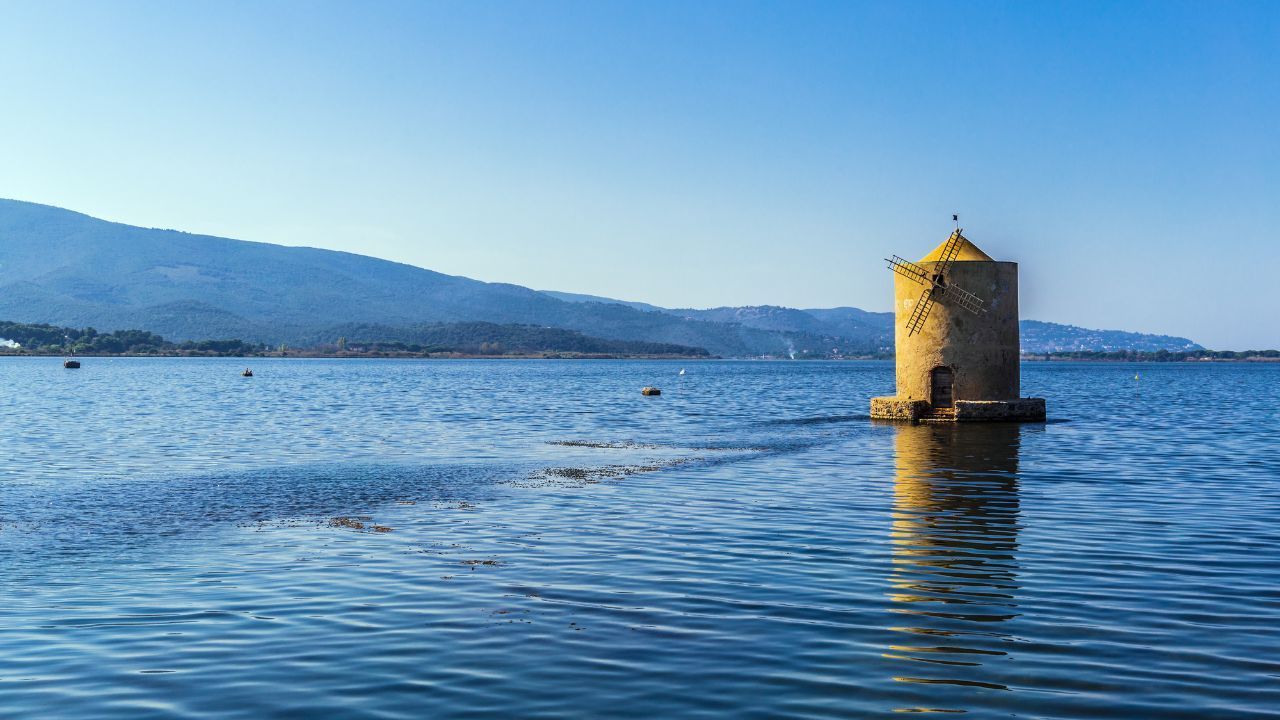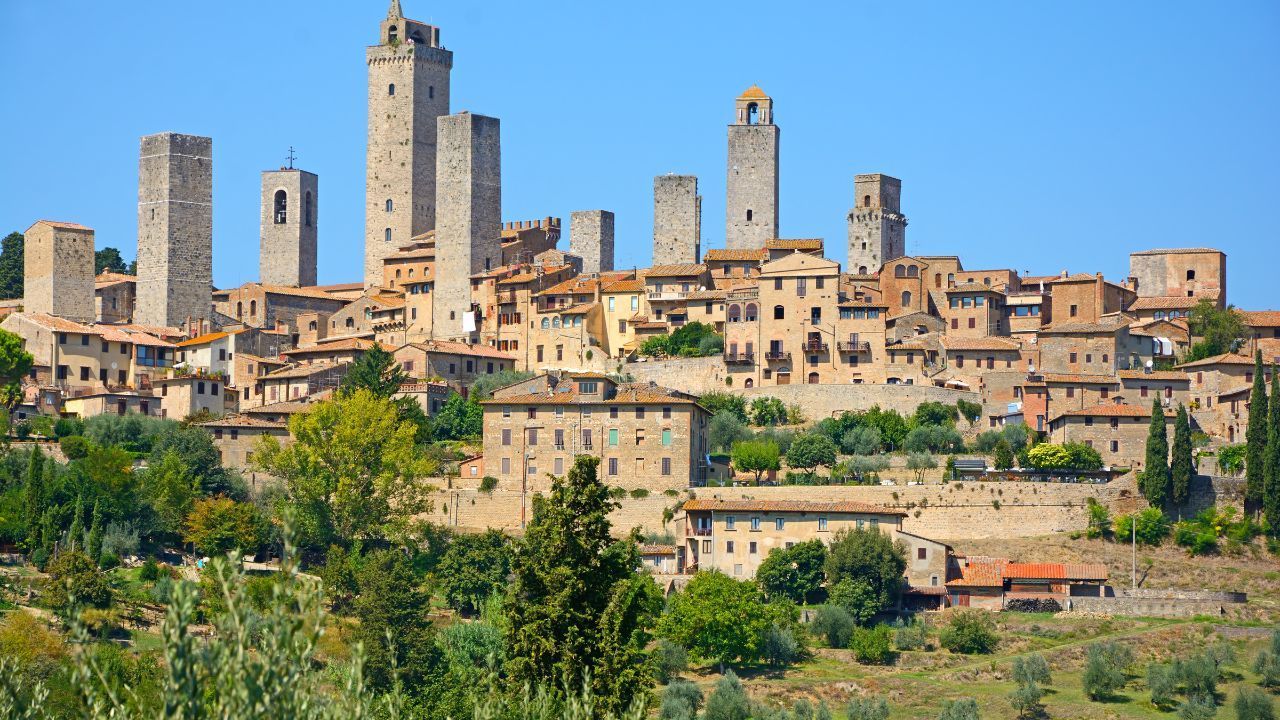Tuscan Caves: Inside Grotta Maona
Hidden beneath the verdant hills, Tuscan caves are a world sculpted over millennia by the gentle yet persistent touch of water.
Here, nature has played the role of a patient artist, carving intricate formations into the rock: stalactites drip like icy daggers from the ceilings, while stalagmites rise like sentinels from the cavern floor. Small rivulets have shaped the caves into surreal chambers, echoing with the slow murmur of underground streams.
Welcome to Grotta Maona, one of the most fascinating Tuscan caves, nestled between Montecatini Terme and Montecatini Alto.
As you walk into the cool mouth of the cave, the temperature drops to a crisp 15°C, a refreshing escape from the summer sun. The passage winds into the hillside, revealing shimmering mineral walls, hidden grottos, and a journey through geological time itself.
History of Grotta Maona
Grotta Maona was discovered by accident in 1860 during a mining explosion aimed at extracting building material. This serendipitous blast revealed a subterranean marvel within the limestone-rich hill of Maona.
The cave takes its name from the noble Lambardi family, known as the Counts of Maona, who inhabited this area between the 9th and 12th centuries. The region was once home to a Templar castle and a church dedicated to Saint Stephen.
Although little remains, these ancient structures whisper of a medieval past. It is even believed that a monastery once stood here, lost to time.
The limestone extracted from the Maona hill was highly valued and used in local architecture, including the impressive Basilica of Santa Maria Assunta.
The discovery of Grotta Maona added a new chapter to this land’s history. Among the findings within the cave were animal remains and relics linked to the Maona family.
Indeed, after years of closure, Grotta Maona reopened in March 2018, following extensive safety renovations and new discoveries, making it a must-visit destination in Montecatini Terme.
Tuscan Caves: The Path Through Grotta Maona
The journey into Grotta Maona is not just a descent into the earth—it’s a step back in time, a walk through a realm shaped not by human hands, but by the slow, rhythmic breath of nature over thousands of years.
The adventure begins along a woodland trail framed by fragrant Mediterranean vegetation and steep, dramatic rock faces. These vertical limestone walls, now favored by climbers, seem to guard the secrets of the ancient cave below.
As you walk, you might hear the whisper of wind through the trees or the distant call of a bird overhead, but soon the forest hushes and the trail guides you toward stone and shadow.
Before reaching the entrance to the cave, a curious opening catches your eye—an old gunpowder depot, carved entirely into the rock face.
Even though it's now silent, it was once a strategic wartime cache. Rediscovered and restored by the Alpine Club of Valdinievole (CAI), this forgotten chamber offers a striking prelude to the history embedded deeper within the mountain.
And then, you see it: a gaping crevice in the hillside, discreet and dark. This is the first of Grotta Maona’s two natural shafts—the only known cave in Italy with a dual-portal system.
As you descend slowly into the earth via the first shaft, the light fades. The air becomes cooler, denser, and faintly mineralic. A subtle echo follows your every step, as if the mountain is acknowledging your presence.
Once inside, you are enveloped by an atmosphere both ethereal and mysterious.
The narrow path stretches for over 200 meters, winding through a cathedral of rock. Stalactites dangle from above like chandeliers of frozen time, their delicate points glistening with moisture.
From below, stalagmites rise defiantly, some forming twisted columns where the two have joined in timeless embrace.
The formations are illuminated with soft, ambient lighting, allowing their intricate textures to come alive without disrupting the cave’s natural solemnity.
Every turn reveals something new—delicate draperies of calcite that seem to ripple like frozen curtains; crystalline basins filled with water so still it mirrors the roof above. Some formations resemble frozen waterfalls, others bear uncanny resemblance to human figures, petrified in silent dialogue.
And then, tucked within one of the cave’s hidden chambers, you come upon something truly unexpected: a nativity scene.
The Human Presence in Grotta Maona
At first glance, it seems like another fantastical shape carved by nature.
But as you step closer, you realize the truth. This is no work of erosion, but of human hands—rough, urgent hands, working in secrecy.
During World War II, partisan fighters used Grotta Maona as a shelter, a hiding place from occupying forces. In this shadowed chamber, they created a humble "presepe", or nativity scene, with what little they had. It’s not grand or polished, but there’s a raw tenderness in its simplicity.
You can almost feel the tension and hope of that moment: weary men crouched around the cold stone, fashioning a symbol of peace in the depths of war. It is a fragile memory preserved in limestone—a gesture of faith, of resilience, of humanity surviving even in the darkest of times.
As you make your way toward the second shaft—the exit—you carry more than just the memory of geological marvels. You carry the echo of voices, of history, and of silent stories etched in stone.
When you finally emerge into the sunlight once again, the world above feels changed, as if the cave has whispered its secrets just for you. The birdsong returns, the warmth of the Tuscan sun meets your skin, but part of you lingers underground, forever touched by the magic of Grotta Maona.
Grotta Maona during World War II
While researching and writing this article about the wonders of Grotta Maona, we stumbled upon a lesser-known but deeply moving wartime episode—one that took place right here, among the caves and woods overlooking the Valdinievole valley.
It was August 11, 1944. The Gothic Line had hardened along the Arno River, and from the heights of Monsummano Alto, the entire front could be seen as distant thunder rolled from artillery fire. This part of Tuscany had become a chessboard of strategic operations, its hills patrolled by German units and stirred by sudden partisan raids.
That evening, in a rural area known as “Il Pittore,” not far from Montecatini Terme, a flicker of light in the darkness caught the attention of a German patrol. Suspecting a signal intended for the Allied forces beyond the Arno, the soldiers approached the isolated Franceschi farmhouse. Inside, they found four local farmers. There were no women. Not even the family’s son. The absence of these familiar presences raised suspicion.
The farmers were arrested and brutally questioned by a German command, led by Lieutenant Michelsen and Lieutenant Dunnebier. Accused of collaboration with the partisans, they were taken to the Cava Maona—a quarry adjacent to the entrance of Grotta Maona.
There, surrounded by the damp rock and silence of the cave, they were interrogated, tortured, and ultimately executed.
Their bodies were hastily buried near the cave, in a grave dug by those who had taken their lives.
Today, visitors come to Grotta Maona drawn by the beauty of its limestone formations, the whisper of underground water, the ancient rhythm of geological time. But few know that just beyond the echo of their footsteps, beneath a canopy of trees and silence, lie the memories of four men—ordinary civilians caught in the cruel machinery of war.
This cave, like the land around it, holds more than geological wonders. It holds a story of fear and injustice, of suspicion and sacrifice. It asks not for spectacle, but for remembrance.
Tuscan Caves: Flora and Fauna of Grotta Maona
However, Grotta Maona and other Tuscan Caves are perfect examples of nature force and of its unstoppable action.
Formed by karstic processes, Grotta Maona exemplifies the delicate interaction between water and soluble rock. While commonly associated with limestone, karst formations also occur in dolomites and even evaporitic rocks like gypsum and halite.
Yes, Tuscan caves are a world made of cold stone, unlively rocks and dead aggregate of minerals.
But, on the other hand, Grotta Maona’s most unique inhabitants are a rare species of bats. Around 30 individuals call this subterranean sanctuary home, fluttering silently through the chambers. Over time, they’ve become an emblem of this natural attraction.
Grotta Maona: What to Do in Montecatini Terme
Montecatini Terme is not only known for its healing thermal waters, but also for outdoor adventures.
Visiting Grotta Maona offers a perfect blend of relaxation and exploration.
The cave tour lasts about 30 minutes and includes a guided visit in English. Helmets are provided for safety.
The path inside the cave is not strenuous, though it does include some steps and natural terrain, making it less suitable for those with severe mobility issues. It's recommended to wear suitable shoes to prevent slips.
Near the cave entrance, children can enjoy a nature adventure park designed to educate and entertain.
For climbing enthusiasts, the nearby rock walls provide ideal conditions for bouldering and sport climbing.
Why Visit Grotta Maona in Summer
If you're visiting Tuscany in the warmer months, Grotta Maona is an ideal stop for multiple reasons:
- The cave maintains a constant, refreshing
temperature of 15°C, offering a natural escape from the summer heat.
- It provides a unique opportunity to
explore Tuscan Caves without venturing far from major tourist hubs.
- The journey combines history, geology, and outdoor recreation, making it
suitable for families, history buffs, and adventure seekers alike.
- Its location near Montecatini Terme means you can easily pair the visit with spa treatments, fine dining, or
scenic funicular rides
to Montecatini Alto.
Whether you're traveling with kids, seeking off-the-beaten-path nature, or simply want to discover Tuscany from a new perspective, Grotta Maona is a must-see destination that captures the soul of the region—mysterious, historic, and beautifully authentic.
Ready to dive into Tuscany’s underground wonders? Grotta Maona and
Tuscany Daily Tours are waiting for you.
Your next adventure begins here!
